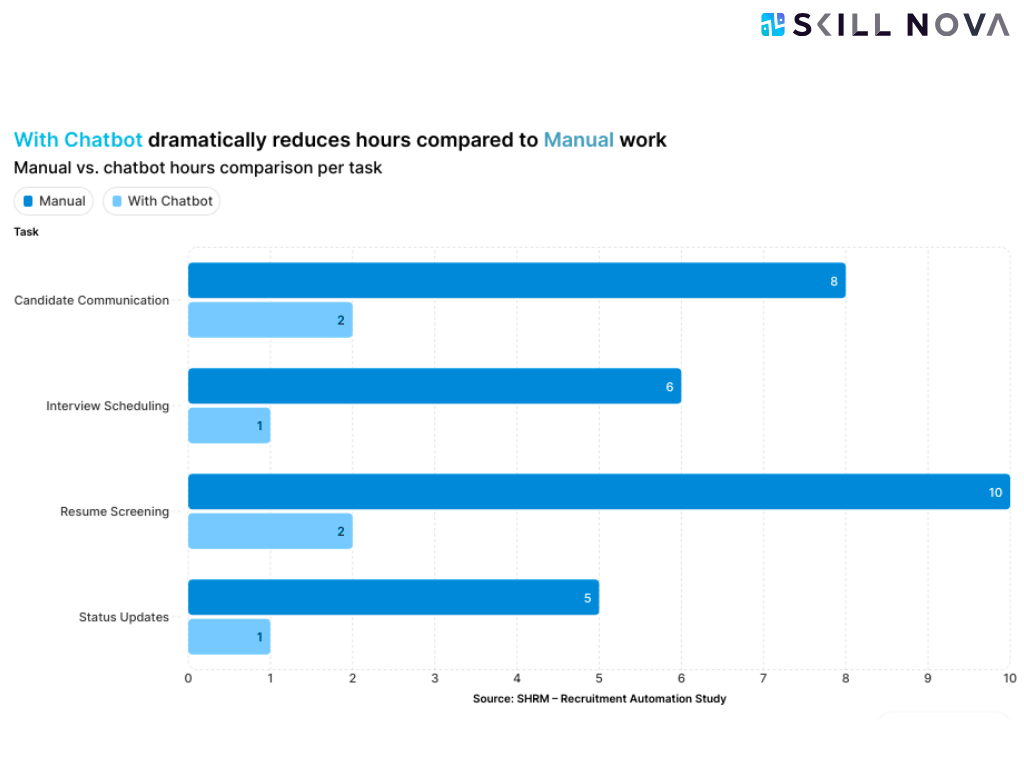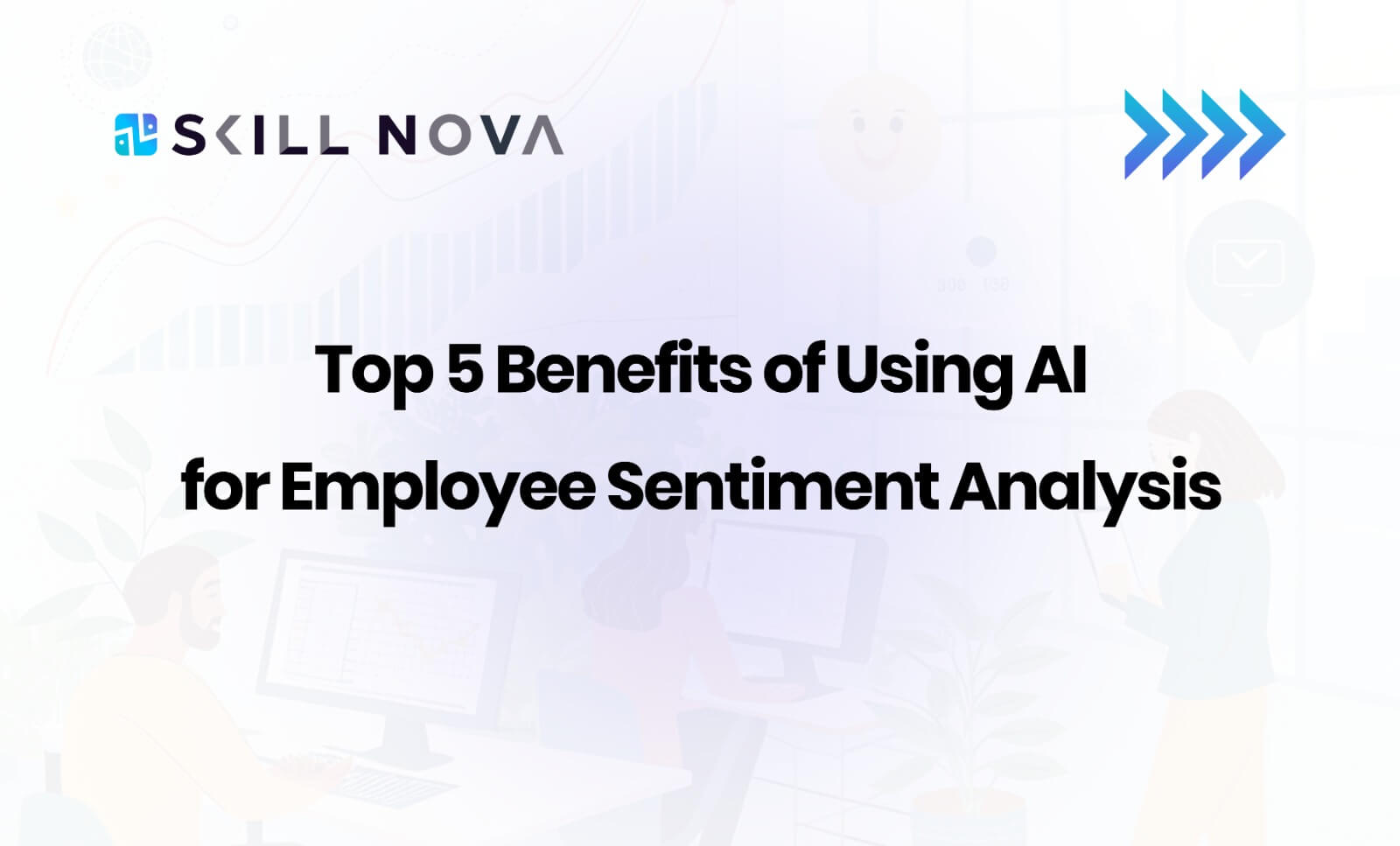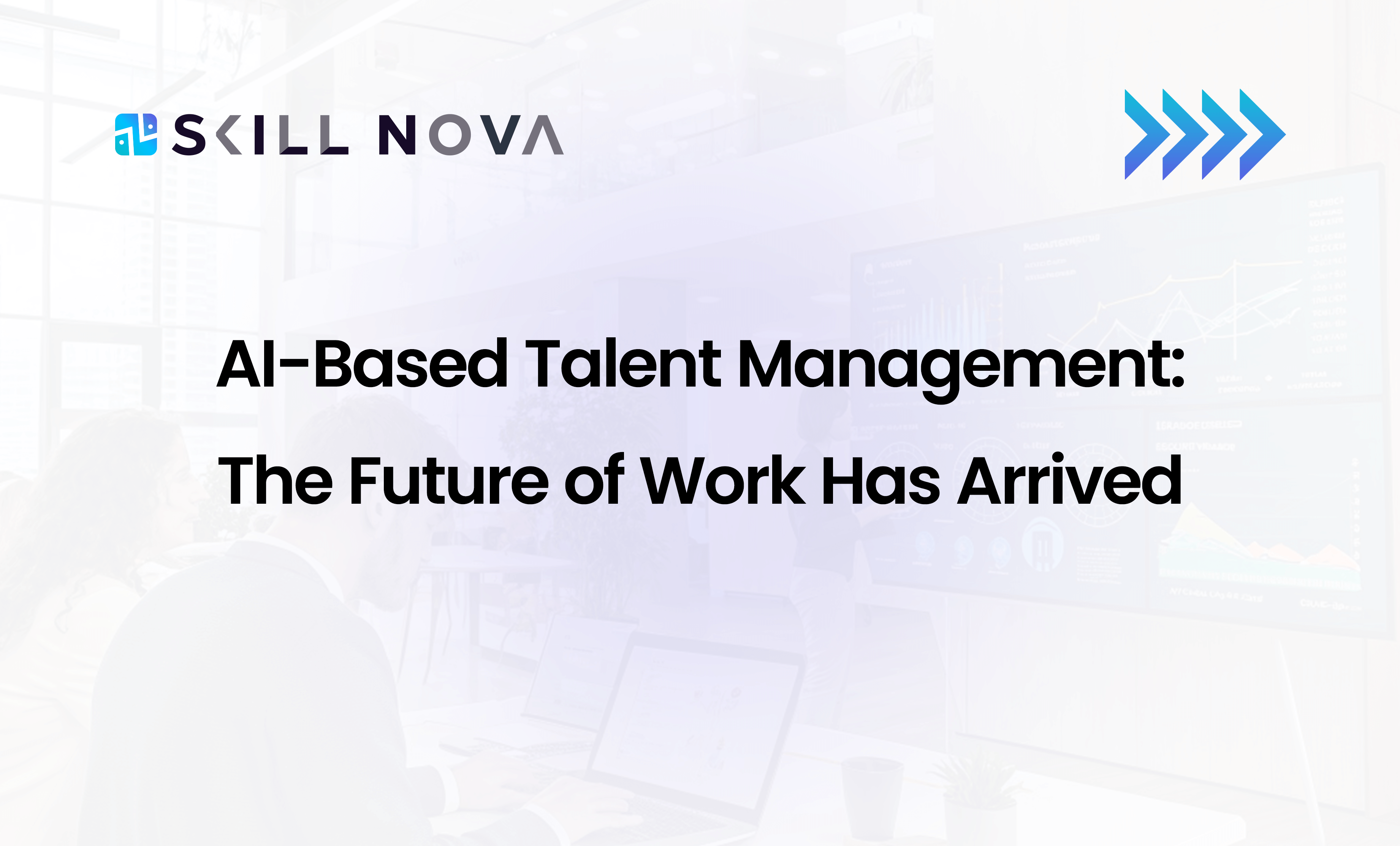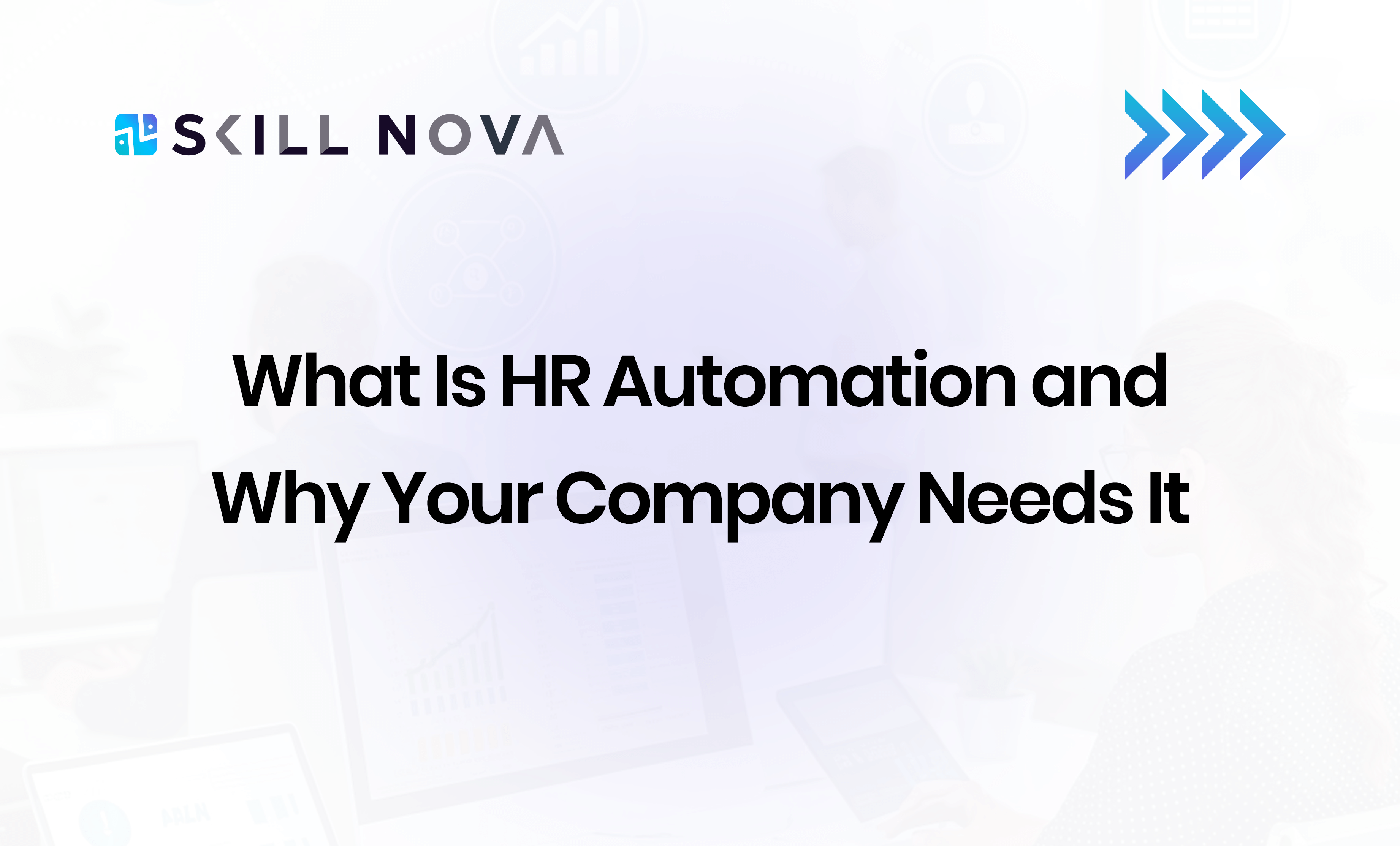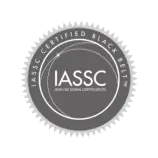Table of Contents
ToggleHR technology does more than make work efficient. It’s about making employees’ lives better. Companies now focus on work-life balance, using new HR tech to help. These tools help create a caring work environment.
HR tech can make life easier for workers. For example, flexible work hours help people balance work and family. This leads to happier employees and better work performance. Big names like Google and Microsoft show how it’s done right.
But, using too much tech can be a problem. It’s important to keep the human touch in the workplace. This article will explore how HR tech can help with work-life balance and improve employee well-being.
Key Takeaways
- HR technology enhances employee well-being, promoting a healthier workplace.
- Flexible work arrangements significantly improve work-life balance.
- Effective HR tech helps reduce turnover rates and chronic absence.
- Companies like Google and Microsoft set a precedent with their workplace wellness programs.
- Maintaining the human element is crucial when utilizing HR tech solutions.
- A balanced approach can lead to improved morale and increased productivity.
Understanding the Importance of Work-Life Balance
Work-life balance is key to better employee well-being. In 2019, a big 26% of people worked evenings and weekends from home. This shows a need for better HR solutions to improve work environments.
Many workers, 40%, stayed on their devices late at night. This shows the ongoing battle for a good work-life balance. With only 8 hours a day for work, it’s important to spot work habits that might slow down productivity.
Flexibility is now more important than ever. 81% of employees want flexible work options. This can lead to better engagement and a happier work experience. Offering flexible work hours can help parents balance work and family life better.
It’s vital to take breaks and move away from desks. Long work hours can make it hard to focus. Short walks or changes in scenery can help improve well-being. Benefits like gym memberships and wellness programs also boost health and happiness.
In short, focusing on work-life balance makes for a better workplace. It leads to better health, more productivity, and stronger relationships. By using good absence management and mental health support, you can create a supportive work environment for everyone.
| Benefits of Work-Life Balance | Strategies for Achieving Work-Life Balance |
|---|---|
| Improved Health and Well-being | Set Clear Boundaries |
| Increased Productivity | Prioritize and Delegate |
| Greater Job Satisfaction | Practice Time Management |
| Positive Workplace Culture | Take Breaks and Vacations |
| Enhanced Relationships | Focus on Self-Care |
How HR Technology Enhances Employee Well-Being
HR technology is key in boosting employee well-being. It offers digital tools for various aspects of wellness. These tools, like wellness apps and mental health platforms, help employees focus on their health despite busy work schedules.
Remote work tools make it easier for employees to manage their time. This flexibility attracts talent from all over, making the workforce stronger. Automation in recruitment also helps, freeing up HR to focus on strategy.
Advanced monitoring systems can boost productivity, but must be used wisely. Too much monitoring can harm relationships and morale. It’s important to find a balance to avoid stress or isolation.
Employee Assistance Programs (EAPs) are a great example of HR technology’s benefits. They offer confidential counseling services. This helps change the way we talk about mental health at work, making it safer for employees to share their struggles.
Recognition programs also play a big role in creating a positive work culture. They make employees feel valued and part of the team. This boosts overall well-being.
HR tech also helps with financial well-being by offering resources on money management and retirement planning. When employees feel secure about their finances, they’re more engaged and productive. Creating diverse and inclusive work environments also empowers employees, benefiting everyone.
Feedback surveys and metrics like absenteeism give insights into employee satisfaction. These actions help build supportive cultures, showing the value of HR technology in improving well-being.

| Statistics | Impact |
|---|---|
| 39% of workers feel excessive monitoring negatively impacts employer relationships | Damages relationships and trust |
| 43% of workers say excessive monitoring lowers morale | Decreases overall job satisfaction |
| 18% of workers experience stress due to excessive monitoring | Increases employee anxiety |
| 42% of global employees observed a decline in mental well-being due to the pandemic | Supports the need for wellness initiatives |
| Automation in HR processes can improve company culture | Reduces administrative burdens |
Balancing Work and Personal Life: How HR Tech Can Support Employee Well-being
It’s key to find a balance between work and personal life for a healthy workplace. This balance affects how motivated and efficient employees are. HR solutions are important tools that help employees manage their duties well.
Defining Work-Life Balance
Work-life balance means finding harmony between work and personal life. It makes employees happier and less likely to leave. HR technology helps by offering flexible schedules and automating tasks.
The Role of Employee Well-Being in Productivity
A happy workforce is more productive. Poor work-life balance is a big reason people quit, leading to high turnover. When employees feel supported, they work better and are more motivated.
Companies that focus on employee well-being do better financially. They see a link between a healthy work environment and better productivity.

| Statistic | Impact |
|---|---|
| 32% higher revenue from human-centered organizations | Encourages emphasis on employee well-being |
| 22% of employees cited poor work-life balance as a reason for leaving | High turnover leads to increased recruiting costs |
| 67% of stress-related absences attributed to heavy workloads | Normalizing breaks can reduce burnout |
| 90% of remote workers report job satisfaction | Remote work increases employees’ ability to balance responsibilities |
The Impact of HR Tech on Workplace Wellness
HR technology plays a big role in workplace wellness. It offers new ways to support employees’ health. By using these digital tools, companies see better employee engagement and happiness.
Advancements in Digital Tools for Employee Wellness
New digital tools have changed employee wellness programs. Apps for health tracking, virtual workshops, and EAPs provide a lot of support. Companies that use these tools see big benefits, like:
- A 50% drop in missed work days when focusing on employee health.
- A 21% profit increase due to happy, healthy employees.
- A $3.27 return for every dollar spent on wellness.
- A 22% cut in costs for managing benefits.
With 78% of employees saying tech helps their well-being, the need for digital wellness tools grows.
Creating a Culture of Support through Technology
HR tech helps build a supportive work culture. Flexible work options improve life balance and job satisfaction. Here are some key stats:
- 80% of employees say flexible work helps their balance.
- Mental health programs cut stress by 28%.
- Companies using tech for wellness see a 21% productivity boost.
- Engagement jumps 44% with personalized wellness solutions.
Wellness programs like fitness challenges and mindfulness help a lot. As companies use more tech in HR, they’ll keep seeing a happy, productive team.

Key HR Tech Solutions for Enhancing Work-Life Balance
Using the right HR tech can really help employees balance work and life. Look at tools for automating tasks, flexible schedules, and remote work. These help create a place where everyone can do well at work and feel good at home.
Automation Tools for Streamlining HR Processes
Automation tools save time by handling tasks like payroll and benefits. This lets HR focus on big ideas, making the workplace better. Also, tools for employees to handle their HR needs lighten the load on HR teams and make staff happier.
Flexible Scheduling and Remote Work Options
Flexible hours and remote work help people manage their lives better. Tools that track time show when people work best, helping them do more in less time. Plus, tech for working from home makes it easy to keep work and life separate.

Using apps for health like Headspace or Calm helps employees stay balanced. Companies that use these tools see happier employees and less stress. This leads to better job satisfaction and keeping good workers.
| HR Solution | Benefit |
|---|---|
| Automation Tools | Reclaims hours, refocusing on strategic tasks |
| Employee Self-Service Portals | Empowers workforce, reduces administrative burden |
| Flexible Scheduling | Enables effective time management and less stress |
| Remote Work Technology | Enhances integration of work and personal life |
| Health Tech Apps | Promotes stress management and well-being |
The Role of Communication Platforms in HR Tech
Good communication is key for a happy workplace. In today’s HR tech world, strong communication tools are vital. They help teams connect and work better together.
Connecting Teams through Digital Communication Tools
Tools like Slack and Microsoft Teams make talking easy for everyone, no matter where they are. They help avoid confusion and stress at work. Here’s why they’re great:
- Accessibility: Everyone can get to info anytime, anywhere, breaking down distance barriers.
- Collaboration: They make sharing ideas and resources fast, making teams more engaged.
- Integration with HR Technology: They work well with HR tools, making HR tasks easier and improving employee happiness.
But, it’s important to remember that tech should not replace face-to-face talks. 61% of employers worry that too much tech might make things too impersonal.
Most employers, 81%, think they have the right mix of tech and personal touch. This mix is key to keeping good relationships and using tech’s benefits.
Here’s a table that shows how communication tools help in HR tech:
| Feature | Benefit | Impact on Employee Well-Being |
|---|---|---|
| Real-time Messaging | Immediate info sharing | Reduces anxiety and uncertainty |
| Video Conferencing | Facilitates face-to-face interactions | Enhances connection among remote teams |
| File Sharing | Easy access to important documents | Improves collaboration and productivity |
| Integration with HR Systems | Simplifies HR processes | Fosters a holistic approach to employee engagement |
Monitoring Employee Well-Being through HR Technology
In today’s fast-paced work environment, keeping an eye on employee well-being is key. HR technology offers the tools to understand what employees think about their jobs. By using data analytics, companies can see how happy their employees are and make changes to improve the workplace.
Using Data Analytics to Gauge Employee Satisfaction
Data analytics in HR technology changes how we track employee well-being. It helps companies understand what employees need and what concerns them. For example, it can show turnover rates and skill gaps. This way, HR teams can tackle issues before they affect employee happiness, keeping the workforce engaged and happy.
Feedback Mechanisms for Continuous Improvement
Good feedback systems are crucial for ongoing improvement. Tools like surveys and pulse checks let employees share their thoughts on wellness and work-life balance. Regular feedback builds open communication between employees and managers. It also shows that the company values employee well-being, leading to happier employees.
Challenges with HR Technology in Supporting Well-Being
HR technology has many benefits for employee well-being. But, it also brings big challenges. One major issue is the risk of relying too much on digital tools. This can make the workplace feel impersonal.
Using digital tools too much can hurt team relationships. Employees might feel like just numbers, not people. It’s key for companies to find a good balance between tech and human connection.
Potential Risks of Overdependence on Digital Tools
Companies need to watch out for a tech-heavy workplace. Using digital tools to check on well-being can make employees feel like they’re just data. This can hurt their morale, engagement, and loyalty.
Remote work can make these problems worse. While tech helps with work, it can also make people feel alone. It’s important to keep chances for face-to-face meetings and teamwork.
It’s important to mix HR tech with human-focused practices for better well-being. Think about:
- Regular feedback to hear from employees.
- Team activities that aren’t just online.
- Leaders who care about people, not just numbers.
- Support that meets each person’s needs.
By using these methods, you can create a workplace where tech helps, not hurts, employee well-being.
| Key Factors | Digital Tools | Human Interaction |
|---|---|---|
| Employee Engagement | Monitoring metrics | Personal feedback sessions |
| Team Collaboration | Project management software | In-person team-building exercises |
| Wellness Support | Virtual counseling platforms | Wellness workshops |
| Job Satisfaction | Time tracking tools | Career development discussions |
Real-World Applications of HR Tech for Work-Life Balance
Learning from top companies how they use HR tech can help us improve work-life balance. Tech leaders have found new ways to boost employee productivity and health. This shows how important it is to support a healthy work-life balance.
Successful Case Studies from Leading Companies
Big tech names like Google and Microsoft have made big strides in employee well-being. For example, one tech giant used AI tools like Woebot in its wellness programs. They saw a 40% drop in stress-related absences in just six months. These tools offer personalized mental health support, key for today’s stressed-out workers.
Many companies also use wearable technology like Fitbit and Apple Watch. These gadgets give insights on stress, heart rate, and sleep. This helps employees stay on top of their wellness, leading to better productivity.
Lessons Learned and Best Practices
From these successes, we can learn a few key things:
- Use AI-driven mental health tools for easy access to support.
- Support mental well-being with mindfulness apps and virtual therapy.
- Make work-life balance a top priority for employee happiness.
- Offer flexible work options to meet different needs and lifestyles.
Companies that support work-life balance tend to have happier, more stable teams. These efforts not only cut down on stress and burnout but also boost health. This means employees can bring fresh ideas and solutions to work.
Future Trends in HR Technology and Employee Well-Being
The world of HR technology is changing fast. It’s not just making work better, but also improving how employees feel. New tech will help balance work and life, making experiences more personal and insights more accurate.
Emerging Technologies Impacting Work-Life Balance
HR technology is evolving, and it’s changing how companies care for their employees. Here are some trends to watch:
- Artificial Intelligence (AI): AI is becoming a big part of HR. By 2024, 88% of companies will use AI to improve hiring and employee relations.
- Remote and Hybrid Work Models: With 45% of US workers remote, companies are working on flexible work options. They want to keep productivity high.
- Mental Health Support: Mental health is a big deal now. Companies that focus on it see a 28% boost in keeping employees.
The Role of AI and Automation in HR Solutions
AI and automation are changing HR for the better. They make work more efficient and engaging. Here’s how:
| AI and Automation Benefit | Impact on Employee Well-Being |
|---|---|
| Data-Driven Insights | Companies can understand what employees need, leading to better well-being programs. |
| Streamlined Processes | Automation cuts down on paperwork, letting HR focus on helping employees. |
| Enhanced Communication | AI helps teams connect better, making everyone feel part of the team. |
| Personalized Employee Experience | Custom solutions meet individual needs, making employees happier at work. |
As these trends grow, companies that use HR tech well will have happier, more productive teams. This will help their business grow too.
Conclusion
HR technology is key in creating a work environment that supports balance and well-being. It uses digital tools and flexible work options to focus on mental health and job happiness. This approach boosts productivity and helps keep employees, saving money on training new ones.
It’s also important to offer breaks and wellness programs. This helps make the workplace better. Setting clear work and personal life boundaries is crucial, especially with remote work. This way, companies can create a culture that cares for its employees’ well-being.
As work changes, using HR technology will keep being important for employee well-being. Companies that focus on these areas will be more productive. They will also attract and keep the best employees.
Other Resources: Skill Nova
Other Resources: Quickers
FAQ
How does HR technology promote work-life balance for employees?
HR technology helps employees balance work and life by offering flexible schedules and automating tasks. It also provides digital tools for well-being. These tools help employees manage their duties better, leading to happier jobs and less stress.
What types of digital tools support employee well-being?
Wellness apps, mental health resources, and virtual wellness programs are digital tools for employee well-being. They help employees focus on their health, leading to a better work-life balance.
How can automation tools enhance HR processes?
Automation tools make HR tasks easier, freeing up time for more important work. This lets employees focus on meaningful tasks, boosting engagement and productivity.
What role do communication platforms play in HR technology?
Platforms like Slack and Microsoft Teams improve teamwork and access to information. They also help keep employees connected, which is key for their well-being.
What are the potential risks of relying on HR tech?
Too much HR tech can make work feel impersonal and hurt relationships. It’s important to use technology wisely to keep a healthy work culture.
How can organizations monitor employee well-being using HR technology?
Organizations can track well-being through data and feedback, like surveys. This helps them understand what employees need and improve support.
Can you provide examples of companies successfully using HR tech?
Companies like Google, Microsoft, and Salesforce use HR tech well. They offer wellness programs, flexible work, and mental health support. This boosts employee happiness and productivity.
What are the future trends in HR technology for employee well-being?
Future HR tech trends include advanced AI and automation. These will offer personalized experiences and insights. They aim to improve work-life balance and support employee well-being even more.
